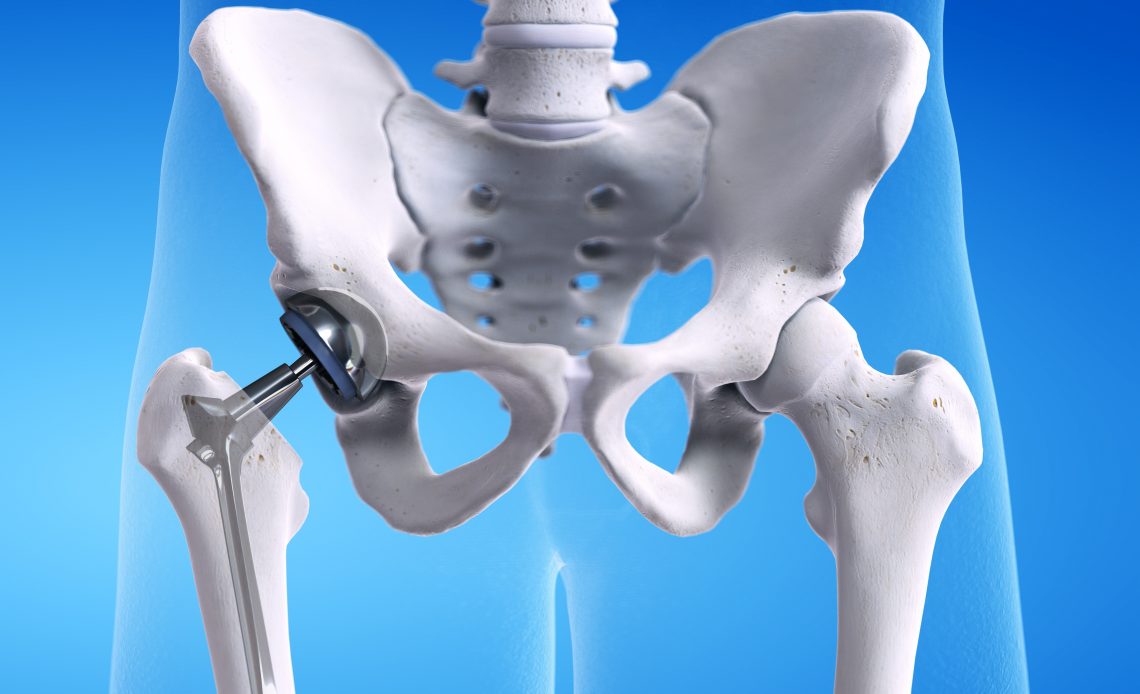Thousands of elderly persons have received hip-replacement surgery and have participated in hip implant class action lawsuits. There are benefits and risks of hip-replacement therapy. A class-action lawsuit is where one of the injured parties represents a group of similarly situated injured d individuals that received similar hip-replacement surgeries (referred to as the class). This class brings an action against the party or parties accused of injuring individual members of the class. Instead of having multiple lawsuits filed, the class brings one legal action as if it were one individual injured person. There are risks related to three major types of hip replacement, the most common being total hip replacement surgeries, with the other procedures referred to as partial hip replacement and hip resurfacing.
What is a hip replacement?
Hip replacement surgery consists of the extraction of the thighbone (Femur), which forms the hip joint. The implant used to replace the Femur consists of cobalt and chromium alloys, or titanium instead of stainless steel. The hip is a ball-and-socket joint. The ball is the Femur’s head, which rotates in the socket called the acetabulum, a part of your pelvis. The ball moves in the socket, allowing your leg to rotate and move forward, backward, and sideways. A hip dislocation occurs when the Femur slips out of its socket in the pelvis. Hip surgery is necessary to treat the stiffness and pain, as a result, of hip arthritis, which can be very painful if not treated. An arthritic hip treatment requiring hip surgery is a standard procedure in elderly persons whose lifestyles are dramatically changed because they become disabled and non-ambulatory. The hip often is broken by falls in the home, sports injuries, or a deformed hip due to disease or a genetic disorder. Other than surgery, an arthritic hip may also receive treatment by anti-inflammatory drugs and physical therapy.
What are the risks of surgery?
- All surgeries have similar common risks such as a heart attack or stroke occurring during the procedure, breathing problems after surgery, and post-operative infections.
- Still, there are risks related to specific parts of the body, such as hip replacement or joint replacement therapy, which could include:
- excessive bleeding during the surgery, which would consist of blood clots, such as a deep vein thrombosis which forms in the leg after the surgery,
- you can suffer from when a pulmonary embolism (blood clot) travels to the lungs
- you can have an infection in the new joint, including weakness and stiffness in the new joint
- loosening or breaking of the new joint, over time due to wear and
- allergic reaction to the artificial joint
- excessive and long-lasting pain from the surgery and the new joint
- changed leg length.
A significant risk is that the replacement surgery’s artificial joint only lasts from 10 to 20 years, on average.
Medical-Legal Intervention
The risks related to hip implant surgery may rise to the level of negligence. Negligence is a particular type of legal action that compensates an injured person that is unreasonably injured. These risks have resulted in hip implant class action medical malpractice lawsuits. medical malpractice lawsuits. Before you run out and hire an attorney, your attorney needs to know what the doctor explained to you about the surgery’s risks and benefits and the surgery’s known complication rate.

